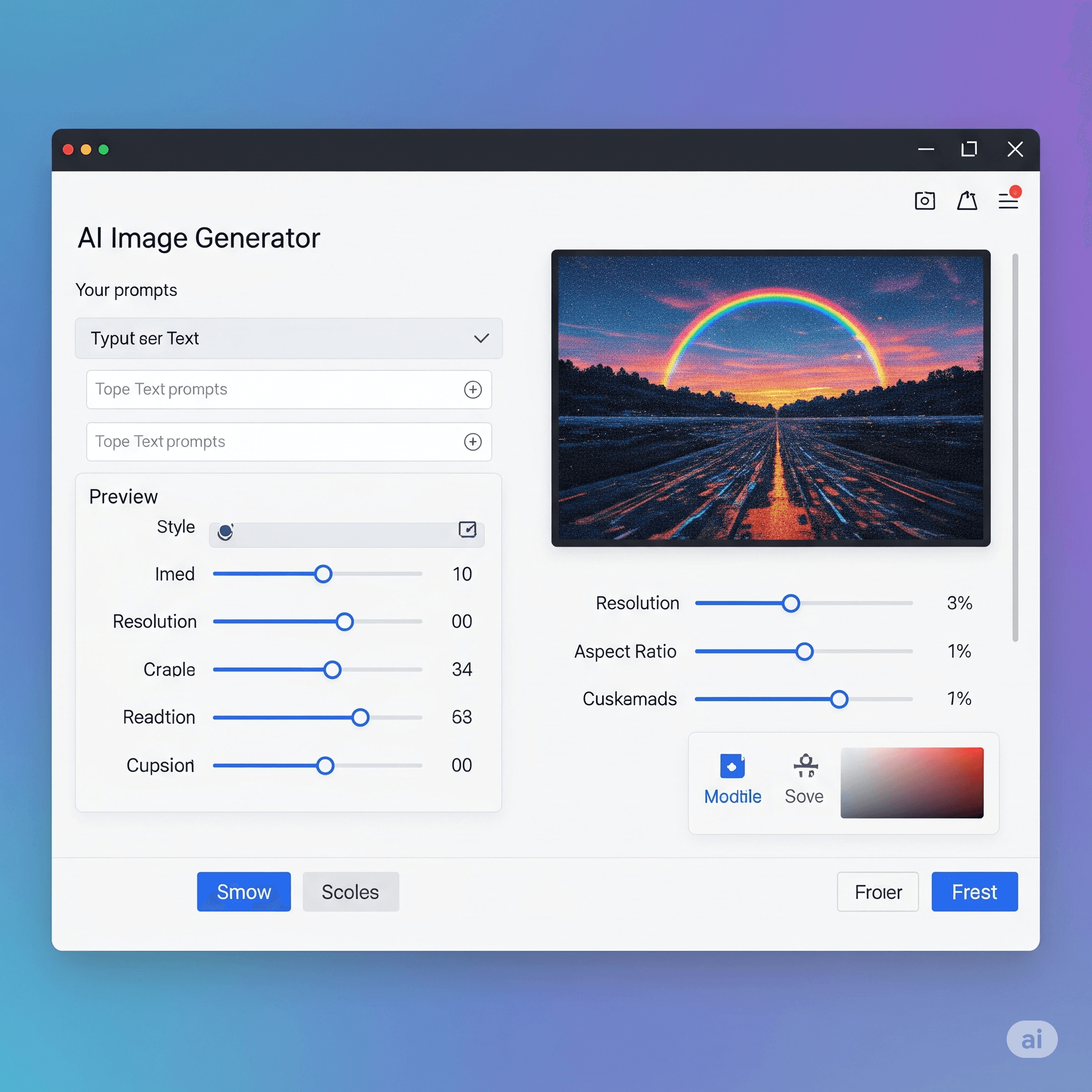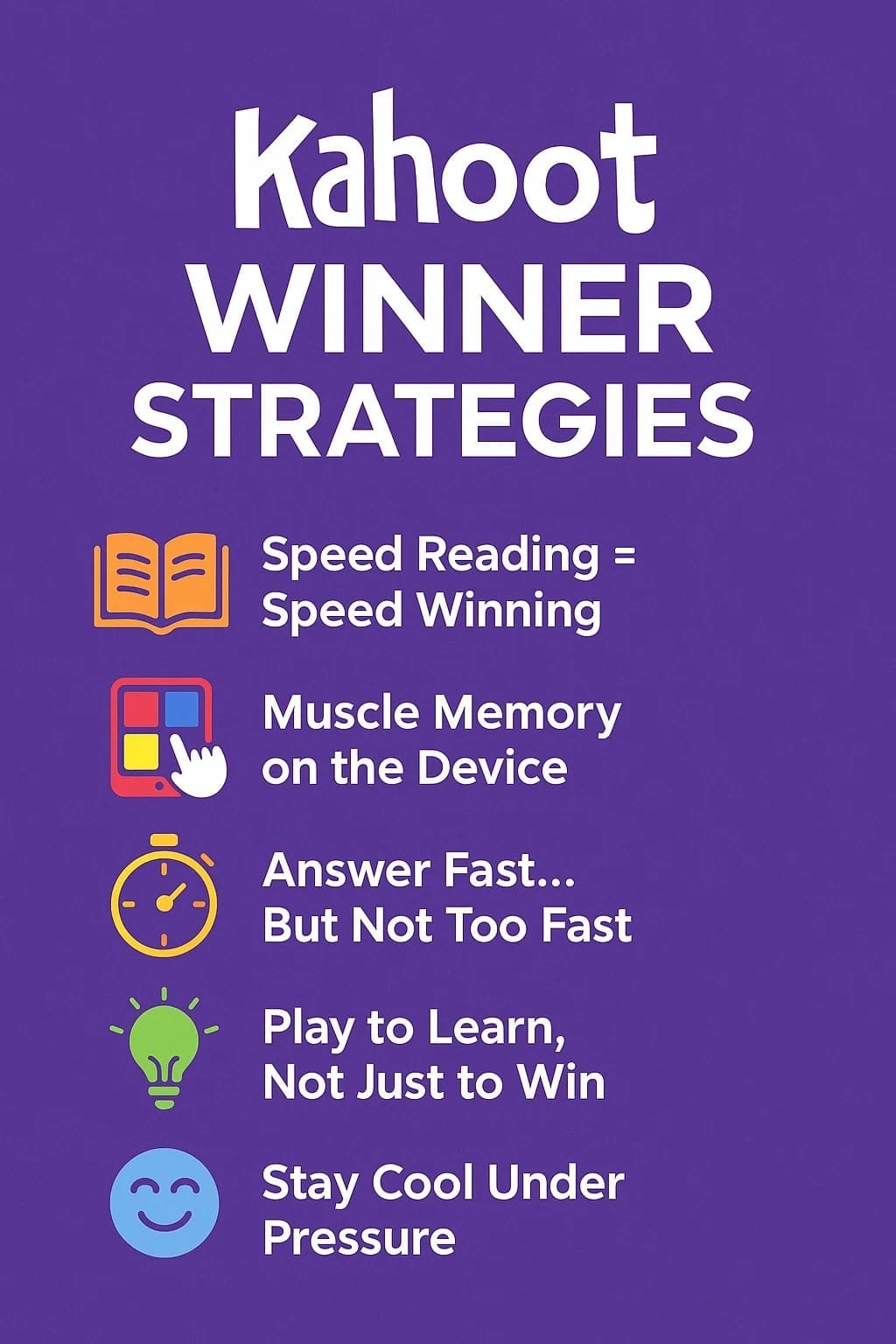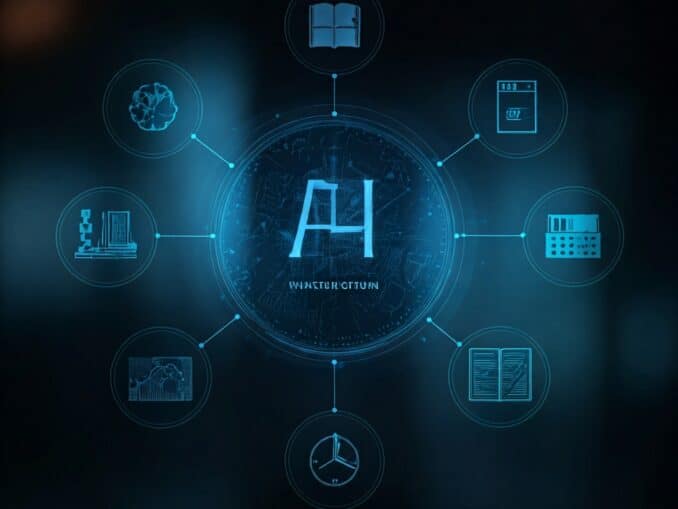Question: What is the USB in Computer?
Answer:
USB, or Universal Serial Bus, is a standard interface used in computers and other electronic devices for connecting peripherals and transferring data. It provides a common method for connecting devices such as keyboards, mice, printers, external storage devices, cameras, and more to a computer.
USB allows for the plug-and-play functionality, which means devices can be connected or disconnected without restarting the computer. It provides a simple and versatile way to connect and communicate with multiple devices using a single interface.
USB ports are commonly found on computers, laptops, tablets, and even smartphones. They are rectangular in shape and have become a standard feature in modern computing devices. USB supports hot-swapping, which means devices can be connected or disconnected while the computer is running without causing any disruption.
The USB standard has evolved over the years, with different versions offering increased data transfer speeds and improved capabilities. USB 1.1, USB 2.0, USB 3.0, USB 3.1, and USB 3.2 are some of the versions that have been introduced, each offering faster data transfer rates and enhanced features.
Overall, USB has revolutionized the way peripherals are connected to computers, providing a widely adopted and standardized interface for data transfer and device connectivity.
MCQ: What is the full form of USB in Computer?
Explanation:
USB, or Universal Serial Bus, is a standard interface used in computers and other electronic devices for connecting peripherals and transferring data. It provides a common method for connecting devices such as keyboards, mice, printers, external storage devices, cameras, and more to a computer.
USB allows for the plug-and-play functionality, which means devices can be connected or disconnected without restarting the computer. It provides a simple and versatile way to connect and communicate with multiple devices using a single interface.
USB ports are commonly found on computers, laptops, tablets, and even smartphones. They are rectangular in shape and have become a standard feature in modern computing devices. USB supports hot-swapping, which means devices can be connected or disconnected while the computer is running without causing any disruption.
The USB standard has evolved over the years, with different versions offering increased data transfer speeds and improved capabilities. USB 1.1, USB 2.0, USB 3.0, USB 3.1, and USB 3.2 are some of the versions that have been introduced, each offering faster data transfer rates and enhanced features.
Overall, USB has revolutionized the way peripherals are connected to computers, providing a widely adopted and standardized interface for data transfer and device connectivity.
Discuss a Question
Related Questions
- 1. VDU Stands for in Computer
- 2. Arrange sequence of computer memory in increasing order of their size
- 3. Which of the following is not TRUE?
- 4. What is Windows NT?
- 5. Which program is used to compress the big file into small file?
- 6. Brief Explanations about Oracle
- 7. How to delete files from the Recycle bin without storing in it?
- 8. Generally virtual memory is located at
- 9. from where you can change the mouse setting
- 10. Internet Explorer
You may be interested in:
Computer Basics MCQs






